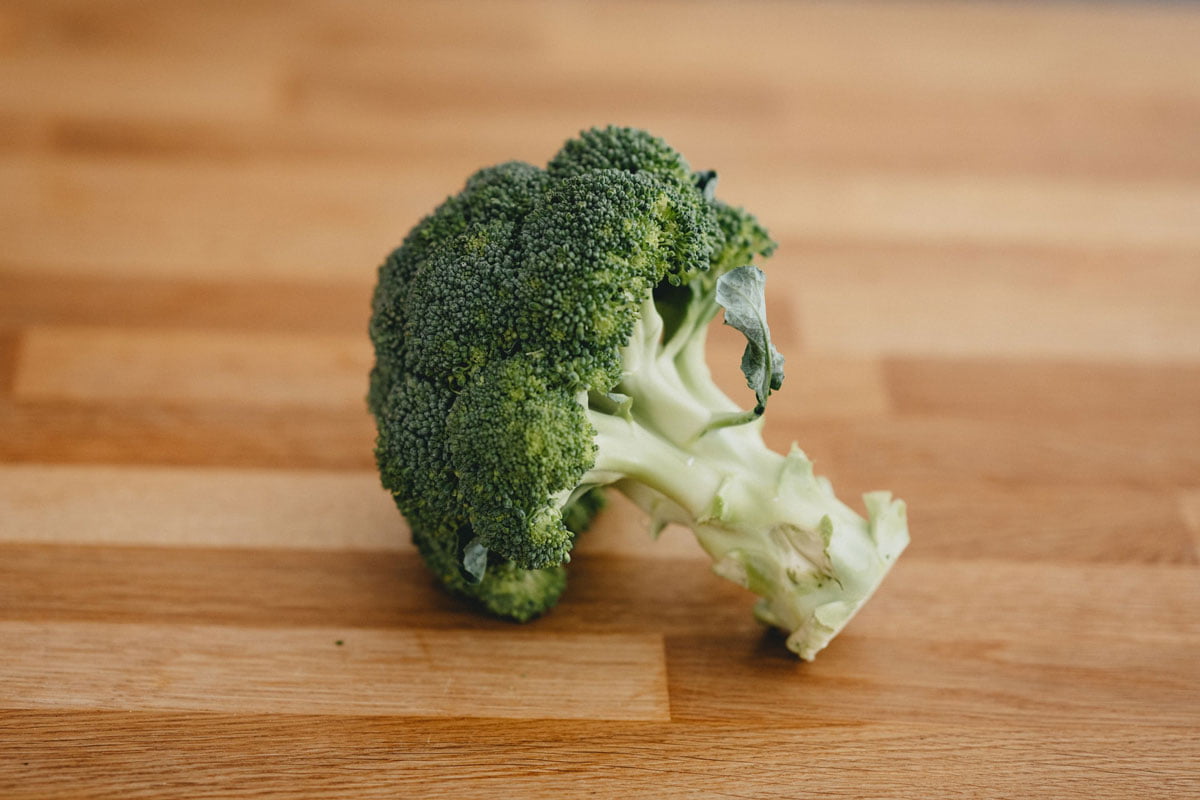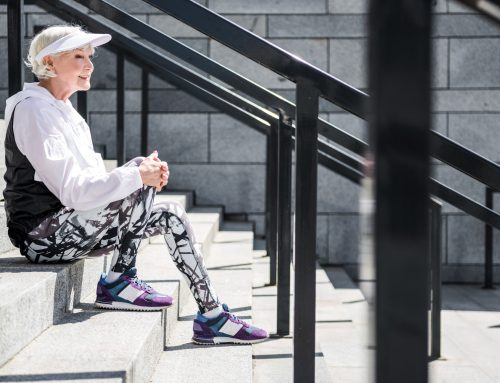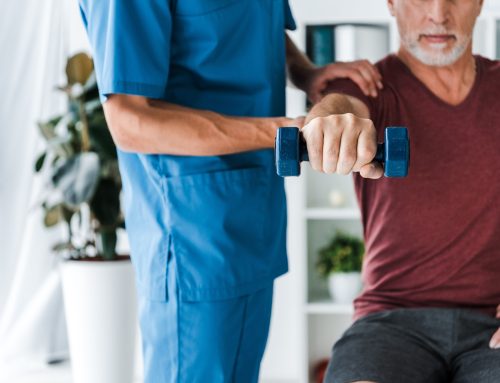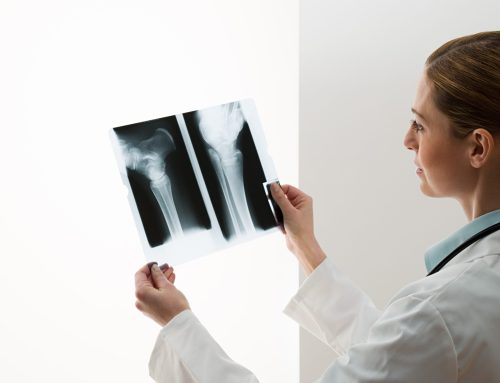
Osteopenia may sound unfamiliar, given it loses the spotlight to the bone-weakening severe disease, osteoporosis. However, it should be taken just as seriously.
When you're young, your body builds new bone more quickly than it breaks down the old bone it already has. This helps to maintain a healthy bone mass. The pace at which you create new bone versus breaking down old bone decreases as you get older, making you more vulnerable to the early stages of bone loss or osteopenia. Everyone experiences bone loss, but when it’s at a rapid rate, that’s when doctors take notice.
Once this transforms and progresses to osteoporosis, you are at a higher risk of suffering from fractures. Not the kind you’d get falling off a jungle gym as a kid - the kind that occurs unexpectedly from bumping into the coffee table.
Do you wake up one morning and suddenly feel weaker? Not exactly. Read on to learn about the difference between osteopenia and osteoporosis, how a patient is diagnosed, and how to prevent further bone loss.
The Difference Between Osteopenia and Osteoporosis
While they sound similar in name, osteopenia and osteoporosis refer to different levels of bone loss. One is a warning sign, while the other is more serious. Osteopenia indicates a loss of bone mineral density (BMD), while osteoporosis is a disease that causes the bones to become weak, fragile, and more prone to breaks.
How to Test for Osteopenia or Osteoporosis
BMD is a measurement of calcium levels in bones that can be used to predict the risk of bone fractures. It's also used to figure out if someone has osteopenia or osteoporosis. Noninvasive and painless bone mineral density examinations are often performed on the hip, spine, wrist, finger, shin bone, or heel.
While simple radiographs can detect osteopenia, Dual Energy X-ray Absorptiometry, or DEXA, is the most frequent method for evaluating BMD (and a means to diagnose osteoporosis reliably). This scan assesses calcium levels in bone and employs low-energy x-rays, which expose patients to far less radiation than traditional x-rays. The results are calculated as a "score" and compared to those of healthy people.
By healthy people, it doesn’t mean you’re being compared to an athlete. The T-score for a patient's BMD is calculated by comparing it to the average score for a healthy 30-year-old of the same sex and race. A standard deviation is a difference between the "typical young" score and the patient's score (SD). T-scores as low as -1 SD can still be deemed normal.
Patients with T-scores of -1 SD to -2.5 SD have osteopenia and are at a high risk of developing osteoporosis. Osteoporosis is diagnosed in patients with T-scores less than -2.5 SD.
How To Prevent Osteopenia
You won’t know you’ve developed osteopenia until you get tested. So many Canadians are suddenly diagnosed with osteoporosis after a fracture occurs during regular activity. There isn’t a treatment that can completely reverse osteopenia, but you can prevent further bone loss and an osteoporosis diagnosis.
Diet
Diet plays a massive part in how our body functions, especially in building bone. The most important nutrients are calcium and vitamin D. Specifically, 1,200 milligrams of calcium and 800 international units of Vitamin D per day. You don’t need to add glasses of milk and orange juice to your diet. These nutrients are available in a variety of foods, such as:
- Dark green leafy vegetables, including broccoli, kale, bok choy, spinach and collard greens.
- Sardines and salmon (specifically with bones).
- Tofu and edamame.
- Dairy products, including yogurt, low-fat milk, and cheese.
- Almonds.
Exercise
Just like your muscles, your bones get stronger when you use them. Without movement, they won’t be used to pressure or flexibility. Weight-bearing activities such as walking, jogging, lifting weights, or even tai-chi are particularly helpful. Just be sure you’re in an environment that supports your balance. Here is a list of exercises for inspiration, listed from high-impact to low-impact.
- Jumping rope
- Jogging
- Tennis
- Believe it or not - yard work! This includes pushing a lawnmower or heavy gardening.
- Dancing
- Hiking
- Climbing stairs
- Low-impact aerobics
- Stairmasters
- Walking
Lifestyle
While your genes can play a significant role in what you’re susceptible to, including weak bones, your lifestyle is just as important. By limiting your smoking and alcohol consumption, you reduce the likelihood of developing an osteopenia diagnosis that progresses to osteoporosis. Some medical conditions and medications can also make you more prone to bone loss. You may even want to consider cutting back on that third cup of coffee per day. Too much caffeine paired with poor nutrition can weaken your body’s ability to grow new bone as quickly as it’s depleting.
Canadians diagnosed with osteopenia have an opportunity to build better bones at home. Exercise and lifestyle adjustment aren’t the only tools you have to combat osteoporosis. Marodyne LiV is a NASA-inspired solution that takes just 10 minutes a day, and you can fit it under your bed. Curious? Learn more about the device customers are raving about.




I am interested in purchasing the LIV machine. Are there discounts?